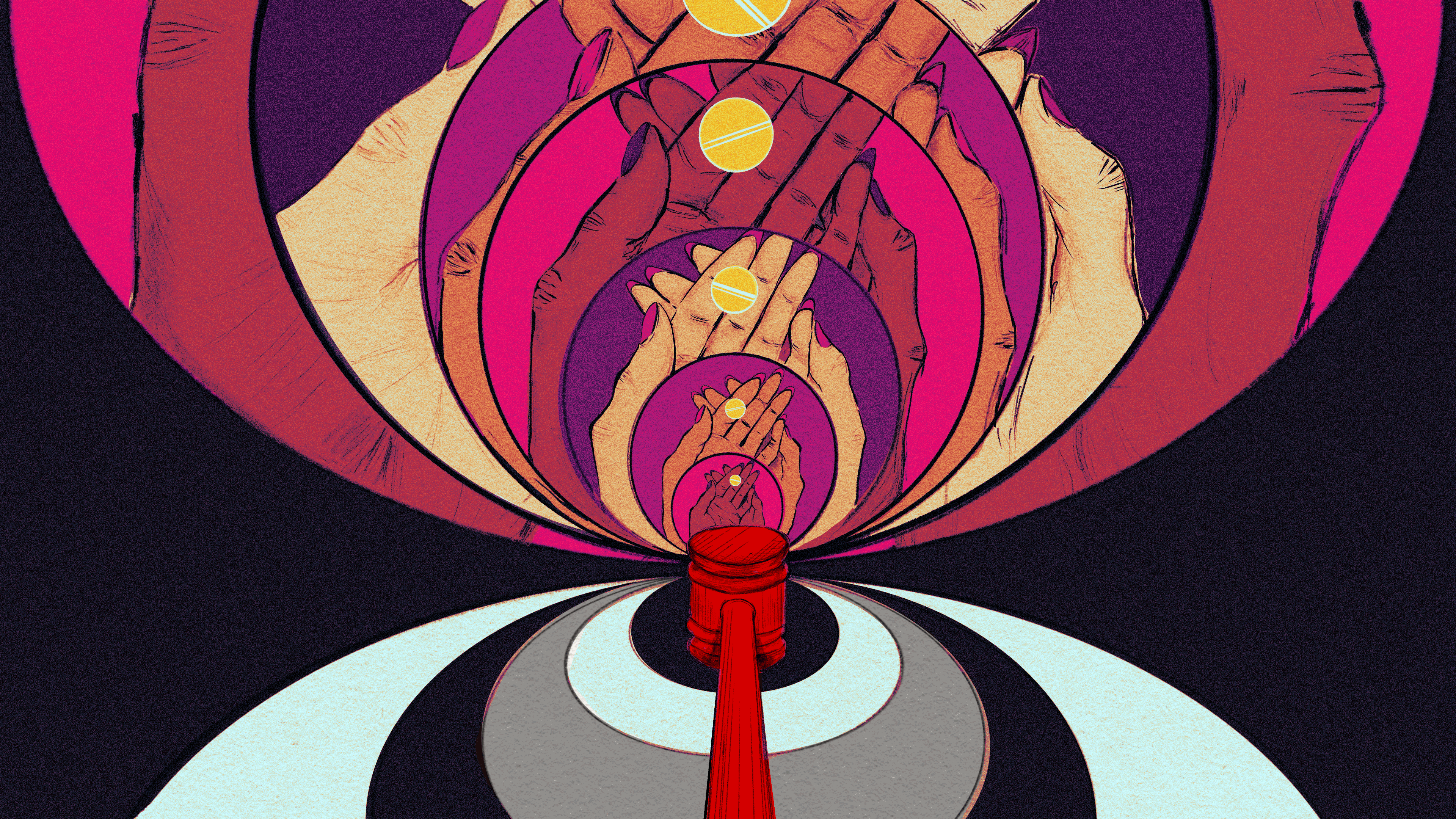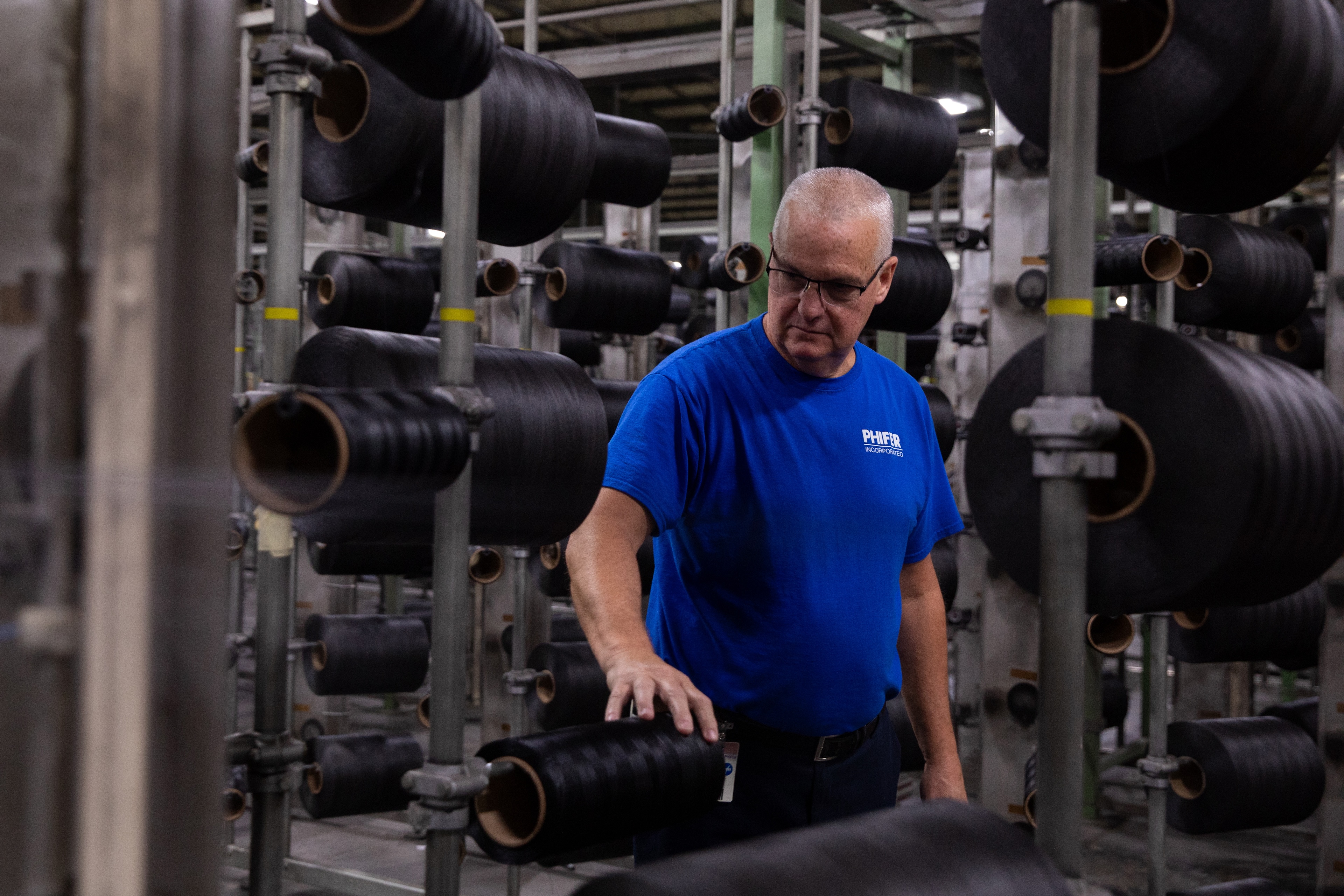Some aches and pains take a long time to build. But after enough long days on your feet or post-exercise limping, there’s no ignoring it: You have heel pain, and it’s not going away.
Heel pain is often related to conditions like stress fractures, plantar fasciitis or Achilles tendonitis. But if you’re trying to figure out why your heel hurts, it’s also important to understand other possible causes, such as heel spurs.
Heel spurs, also known as calcaneal spurs, are small bone growths that typically form as a result of plantar fasciitis or Achilles tendonitis, although they can also form on their own. It’s important to note that heel spurs aren’t usually painful, with only 5% causing symptoms. Keep reading to learn why heel spurs form, symptoms they can cause and what treatment options you’ll have if you’re diagnosed with one.
Heel spurs are caused by an inflammation response
Heel spurs are a result of the body’s healing process. When a tendon or ligament gets damaged, it becomes inflamed as the body tries to repair it. If a particular tendon or ligament is inflamed frequently over an extended period of time, the body may respond by gradually building extra bone near it.
Because of this relationship between bone growth and inflammation, heel spurs often form as a result of conditions that involve inflammation, such as plantar fasciitis, Achilles tendonitis and osteoarthritis. However, heel spurs can result from anything that puts significant stress on the feet over time, whether it’s in the form of pressure, rubbing or strain. Examples include:
- A gait (way of walking) that distributes your weight unevenly
- High-impact activities such as dancing or running
- Regularly wearing shoes that do not provide arch support, are too tight, don’t fit well or distribute weight unevenly (such as high heels)
- Being overweight
- Naturally losing cartilage, the substance that cushions joints, as a result of aging
Types of heel spurs
There are two types of heel spur, named according to where on the heel they form:
- Plantar heel spurs occur on the bottom of the heel. They often form as a result of plantar fasciitis, which involves inflammation of the connective tissue that runs from the heel to the ball of the foot.
- Posterior heel spurs occur on the back of the heel. They tend to form as a result of Achilles tendonitis, which involves tightness and inflammation in the large tendon that runs from the heel up the ankle.
Heel spurs cause symptoms when they affect other parts of the feet
Heel spurs are rarely the direct cause of heel pain. Even when someone has both heel spurs and heel pain, it’s more common for the pain to be caused by the condition that led to the heel spurs in the first place. However, heel spurs can cause symptoms if they press on nerves or tissues in the foot.
What do heel spurs feel like?
If you have a heel spur, you may be able to feel a small bump on the bottom or back of your heel. You may also feel changes to the skin around it if it regularly presses or rubs against your shoes. This may take the form of a corn (a small area of thickened, tender skin) or a callus (a patch of thickened skin).
Heel pain related to a heel spur often has similarities to the pain caused by plantar fasciitis – it may be strongest after prolonged periods of rest, lessen during activity, then worsen again after extended standing or activity. The pain itself may feel sharp, dull or throbbing, and there may be tenderness or swelling around the spur. If the heel spur is pressing on nerves in your foot, you may also feel a tingling or burning sensation when you put pressure on it.
What do heel spurs look like?
If your heel spur is large enough, you may be able to see the small bump on your heel. Otherwise, heel spurs are only visible on imaging tests like X-rays or computed tomography (CT) scans. When looking at a side view of your foot during an imaging test, a heel spur may look like a small smooth or hooked growth on your heel bone.
Heel spurs are generally diagnosed during imaging tests
Since there are a number of conditions and health factors that can cause heel pain, doctors generally don’t look for heel spurs first. To rule out other possible causes, a doctor will first talk with you about your medical history and perform a physical examination. Then, if they believe that your pain may be related to a stress fracture or structural issue in your foot, they’ll perform an imaging test. This is where a heel spur will show up and it’s how most heel spurs are diagnosed.
If you have heel pain and are diagnosed with heel spurs, treatment focuses on managing your symptoms and treating any underlying conditions. This can include:
- Over-the-counter anti-inflammatory medicines such as ibuprofen, naproxen or a short course of oral steroids.
- Supporting your feet with supportive, stiff shoes and orthotic devices like braces, arch supports or heel cups. Orthotics can be bought over the counter or custom made for your feet with a prescription.
- Stretching and strengthening your feet on your own or with a physical therapist. Stretching your calf muscle will be the most effective way to reduce heel pain. Other examples of stretching exercises include rolling a tennis ball around under your feet, or leaning into a wall with your feet staggered behind you so that you feel a stretch in the Achilles tendon of your rear foot.
- Corticosteroid injections for longer-lasting pain and inflammation relief if other treatments aren’t effective.
Some treatments depend on the cause of your heel spurs. For example, if they’re related to the way you walk, a physical therapist can help you retrain your walking pattern to be more balanced. Similarly, a physical therapist can tailor a stretching and strengthening program to focus on the tendons on the bottom or back of your foot if you have plantar fasciitis or Achilles tendonitis.
Heel spurs don’t go away on their own. In rare cases where other treatments aren’t effective or the heel spurs are damaging the tissues around them, heel spurs can be surgically removed. If there’s an underlying cause that can be treated surgically, another procedure may be done at the same time, such as a joint repair for osteoarthritis or releasing your plantar fascia.
If you think you may have a heel spur, talk with a podiatrist
It can be hard to tell if you have a heel spur, and if you have heel pain, heel spurs may not be the only reason. But anytime you have heel pain that doesn’t go away, it’s important to see a doctor. You deserve to be comfortable on your feet, and a podiatrist can help. Once you have a diagnosis and an expert’s treatment recommendations, you can start to get back to moving the way you want to.










![Healthy No-Bake Mint Chocolate Truffles [high protein + no added sugar]](https://healthyhelperkaila.com/wp-content/uploads/2024/08/IMG_1902-e1724891697681.png)








 English (US) ·
English (US) ·